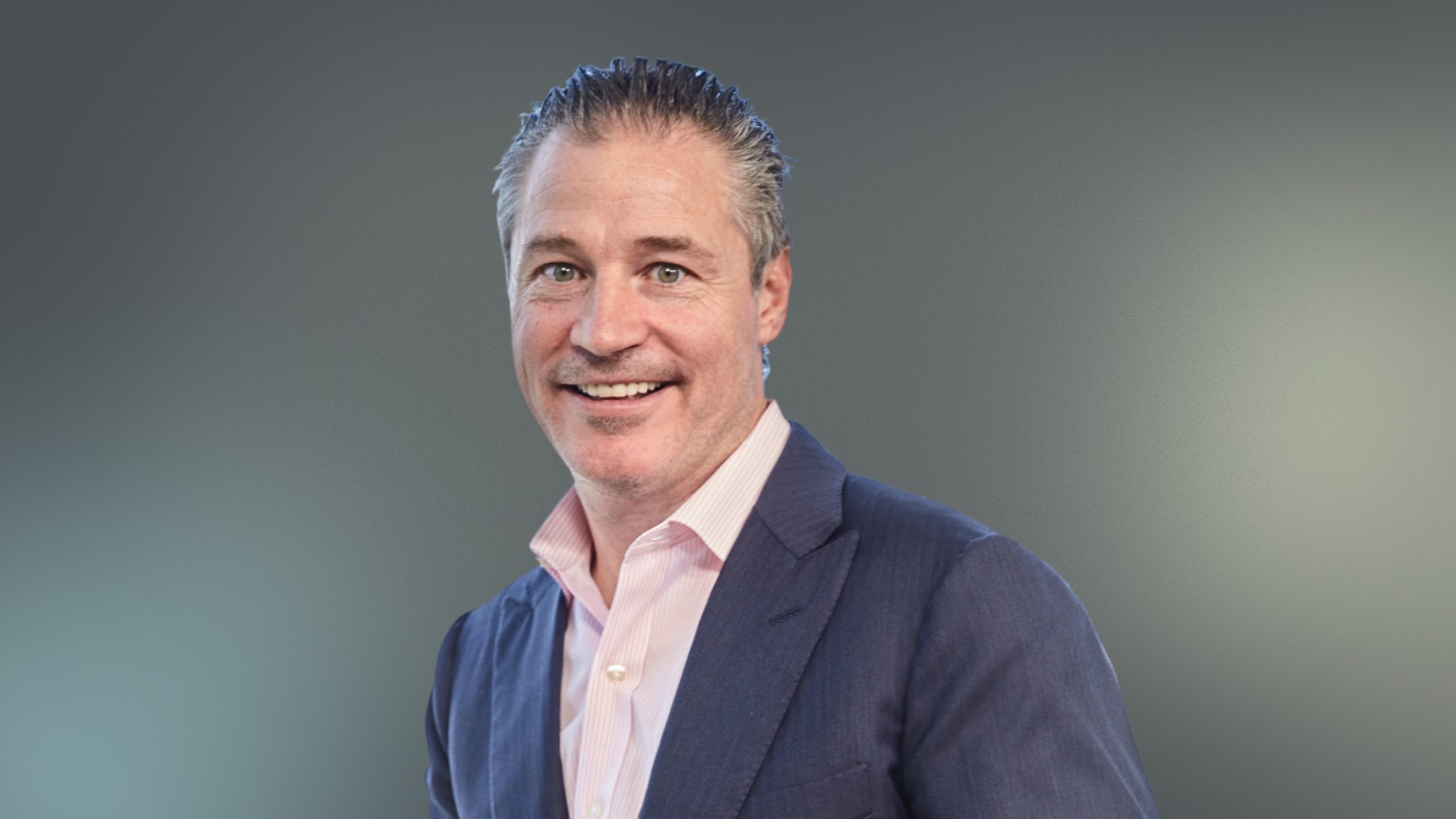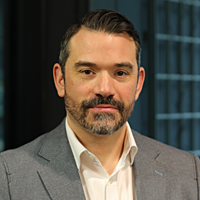Aboud: passive mispricings to reward active investors, AI shift to reward bold CEOs
When it comes to fund longevity, the narrative often leans on consistency and conviction. But for Anthony Aboud, Portfolio Manager of the Perpetual SHARE-PLUS Long-Short Fund, it’s about evolution and accountability.
Over nearly 15 years with the strategy, building on the foundations laid by his predecessor, Aboud has helped steer the fund through bull markets, bear markets, meme stocks, and market madness.
His experience has taught him to value quality management, embrace volatility, and always respect the fundamentals.
In this second instalment of Livewire’s 20-Year Club series, we delve into Aboud’s journey: how the fund has adapted its shorting process, where he sees opportunity in the age of AI, and why he thinks passive investing’s dominance could ultimately play into the hands of active managers like him.
He also shares his take on succession and how Perpetual’s approach to talent development sets it apart from other managers, where “the jersey” is too often worn by just one star player.

Has your investment philosophy or process evolved over the past two decades?
At Perpetual, for decades we have had a process on the long side which filters out companies with too much debt, no earnings, an unsustainable business model or low-quality management teams. This process has not and will not change within Perpetual portfolios generally and, specifically, the Perpetual SHARE-PLUS Long-Short Fund.
However, we are always trying to improve and refine our investment style. An example of this over the last five years is our increased emphasis on the quality of management and board.
We have learnt that in periods of heightened volatility, high-quality management teams making value-accretive capital decisions at difficult times have come out the other side in a materially strong position.
On the other side of the coin, we have seen some terrible value-destructive allocation of capital from other management teams, resulting in permanent loss of capital. An assessment of a management team is highly subjective but something to which we have turned a lot of our attention and research.
What have been the most pivotal moments for your fund over the last 20 years?
The most pivotal moment was when Paul Skamvougeras started running the fund in 2010. At that point, it was a small fund and there was no shorting expertise within Perpetual. When I later joined him, we developed a shorting process that has generated good alpha for the fund over the past 15 years.
Fundamental shorting has not been easy in recent years, but by sticking to our processes, it has paid off.
One of the turning points was in November 2020. COVID had forced people to stay at home and with interest rates at zero, unsustainable, profitless companies were commanding massive valuations.
We identified some amazing old-school cyclical companies trading at material discounts to mid-cycle valuations that we thought would rebound when COVID restrictions were removed. We also identified some shorts of low-quality companies whose earnings were being helped by COVID and whose share prices were capitalising on inflated earnings forever.
When vaccine approval was announced, our performance rebounded sharply and our alpha in November 2020 was 5.9% after a tough couple of years. It goes to show how quickly things can turn around when the market corrects after being so out of whack.
The single most important factor behind the fund’s longevity?
Succession planning. Most funds are dominated by one person who is typically a very good stock picker and excellent marketer, but terrible at developing talent.
One of Perpetual Asset Management Australia’s best attributes is its ability to develop talent and pass the baton onto the next generation of fund managers who can bring their own personality to investing while also maintaining the core tenets of the Perpetual process.
With the SHARE-PLUS fund, I worked as an analyst under Paul Skamvougeras and then became the portfolio manager in 2015. Sean Roger has worked as an analyst and is now co-PM of SHARE-PLUS. As a rugby fan, I have begrudging respect for the All Blacks.
One of the key principles representing our culture is that “you don’t own the jersey. You’re just a caretaker”. That’s how I feel as a portfolio manager of this fund.
My goal is to leave the jersey in a better place than when I started and I have no doubt the fund will be in a better place twenty years from now than it is when I hang up my boots.
How do you maintain conviction in your approach through cycles of underperformance or market stress?
This is a great question currently. We have struggled to keep up with the market where the weight of money is shifting from active to passive, with no signs of this abating.
What we are seeing is the tsunami of money shifting from active to passive, will create enormous mispricing opportunities in Australia.
Unfortunately, in the short term, we will see more active managers leave the market as super funds continue to re-allocate capital away from active managers to index. However, as the number of fundamental, active managers reduces in the market, the opportunity of generating outsized returns improves. We will be like a pig in mud.
The key in tough periods (like today) is to maintain conviction but continue keeping an open mind and make sure one’s theses on core positions remain strong.
What is the most valuable lesson you've learned that today’s younger investors often overlook?
The main lesson I would pass on is to be aware of your own internal biases and to listen objectively to as many perspectives as possible.
From a bias perspective, you need to be aware of your blind spots as an investor to manage the risk of missing key risks to your investment case.
My biases are typically that I get attracted to more complicated situations and that I have a contrarian and sometimes conspiracy theory mindset. Sometimes the best investments are hidden in plain sight and are simple investment opportunities.
It reminds me of the famous Warren Buffett quote: I don’t look to jump over 7-foot bars – I look for one-foot bars I can step over.
What excites you most about the current market environment, and how are you positioning the portfolio for the next decade?
Outside of the market’s active, fundamental investors dwindling, I think the most exciting theme over the next decade is trying to work out the implications of what I consider to be a tipping point in artificial intelligence usage.
We are at the stage where there is enormous demand for investment in the picks and shovels associated with the required infrastructure for AI. This should continue for a couple more years. However, we have now moved onto the next phase, which is the applications of AI within companies and the impact that may have on different industries.
There are some industries, like law and financial services, which will be massively disrupted and could shrink materially. But we think that there are some companies where the market is materially underestimating the potential productivity improvements through cost reduction in the enabling functions of a business.
We think areas like IT departments, legal, marketing, regulatory and finance could be a fraction of the current expenses. This requires a very strong CEO who personally uses generative AI day to day, who can look at the cost base from bottom up rather than relative to history. These CEOs need to stand up to these heads of departments who, from a self-serving perspective, will lodge all these arguments against using AI.
There could be massive efficiency dividends that are not being considered by the market. There are so many second derivative angles that we are also exploring from this development.
We are early on in this journey and we are excited to work out how to make money on both the long and the short side of this.

4 topics
1 fund mentioned
1 contributor mentioned

